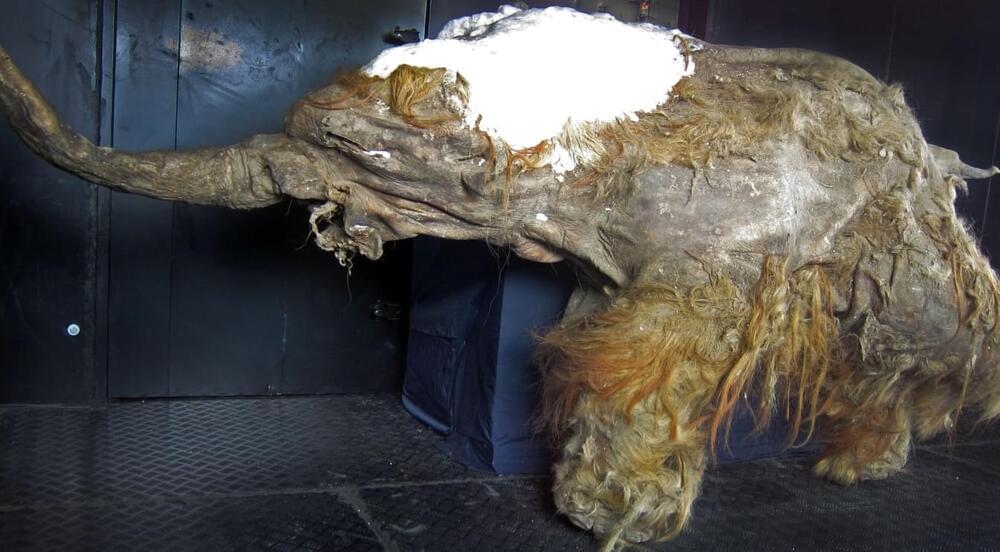Circa 2019 o.o
The dream of resurrecting species like the woolly mammoth via genetic engineering is old enough that I remember reading articles about it in school 30 years ago. We may never be able to recover enough pristine genetic material from an intact woolly mammoth to make that approach feasible, but scientists working on the remains of the frozen mammoth known as Yuka have taken an incredible step nonetheless, demonstrating that at least some cell functions can remain intact after nearly 30,000 years.
Yuka, found in 2,010 is a juvenile woolly mammoth, considered to be the most intact and well-preserved mammoth ever found. That was critical to the researchers’ efforts — earlier tests in 2009 with a less-well-preserved but younger specimen at 15,000 years old yielded no positive results at all.
To be clear: The scientists in question were not able to bring Yuka’s cells back to life. After removing 88 nucleus-like structures from Yuka’s cells, they injected these structures into mouse oocytes — eggs — to see if they could be coaxed back into biological activity. While the cells ultimately failed to divide, they did undertake some of the steps required for cell division, such as spindle assembly. This spindle assembly process ensures that chromosomes are properly prepared to divide before the parent cell actually splits.









Comments are closed.